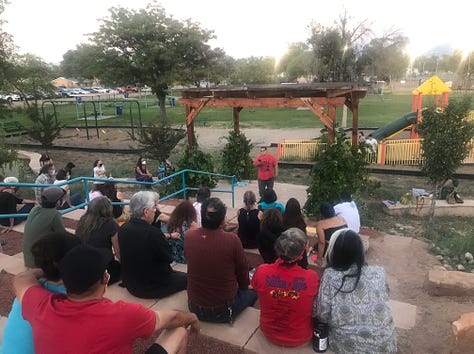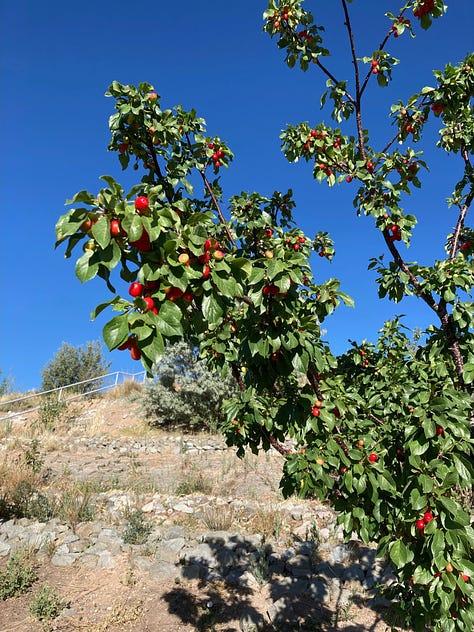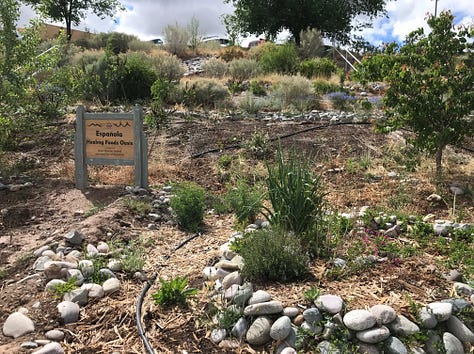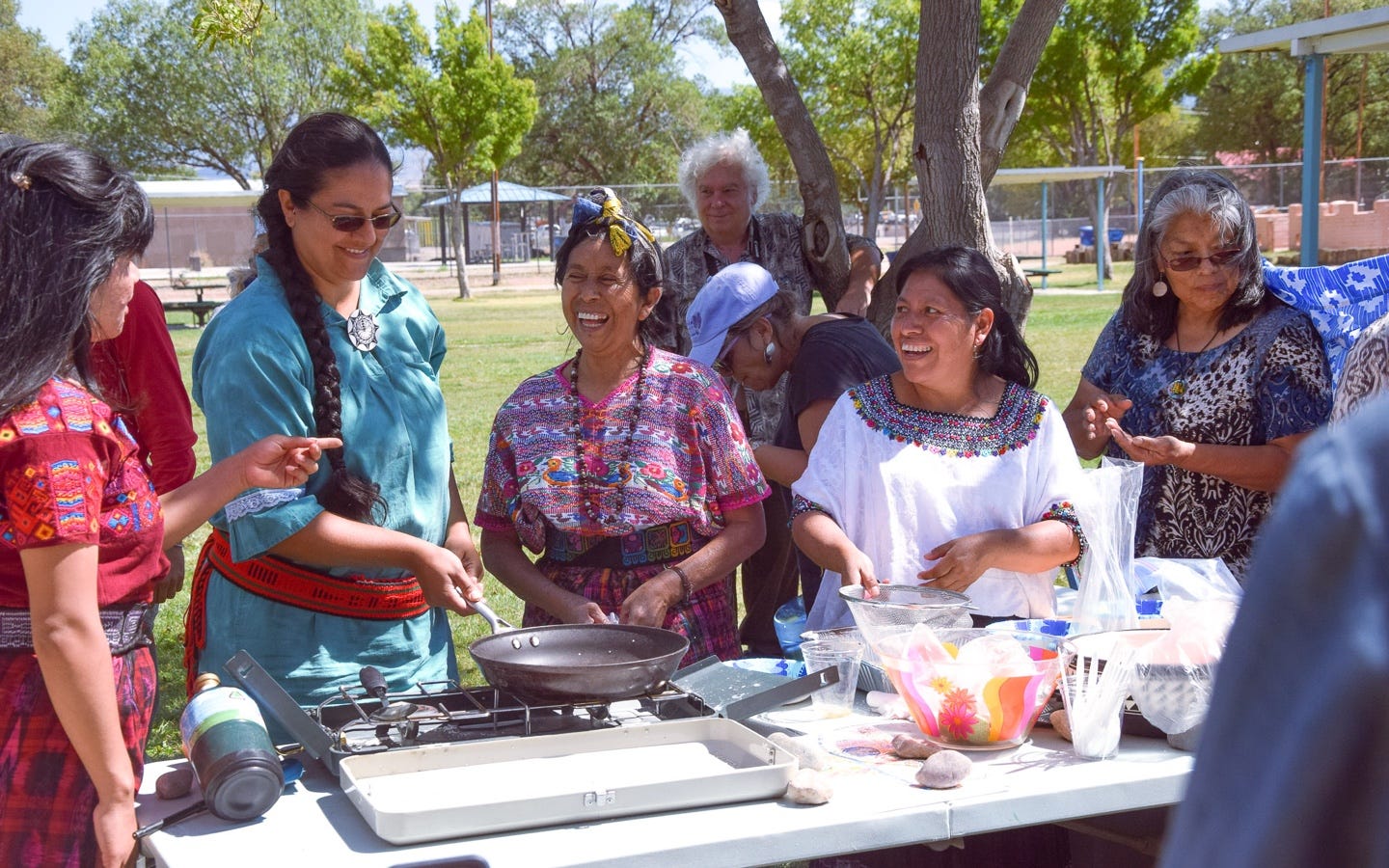Welcome to Postcards from New Mexico! Every Sunday, I share beauty, stories, and culture from this region that has been my home since 2008.
There are some new benefits for paid subscribers!
Access to the “If you go/Local’s Tip” section of some posts, where you’ll find valuable information to enhance your next journey to Northern New Mexico
A genuine snail-mail postcard! Within a couple of weeks of receiving your paid subscription, I’ll be in touch to find out your mailing address and will drop a New Mexico postcard in the mail to you!
In acknowledgement of living on un-ceded Tewa lands, I am donating 10% of all net proceeds from subscriptions to Native-led nonprofit organizations in this region. A paid subscription is a great way to express your appreciation for this newsletter, as well as to support some nonprofits doing excellent work in this area!
You might also enjoy my other Substack newsletter: The Practice of Life
Today’s postcard features a project that comes from one of the beneficiaries of this newsletter’s paid subscriptions: Tewa Women United, a nonprofit organization based in Española, New Mexico.
Over the past eight years, the Española Healing Foods Oasis (EHFO) has transformed a barren gravel slope into a vibrant, lush community garden filled with native plants, nearly all of them edible. The project was the vision of Beata Tsosie-Peña, of Kha’p’o Owingeh (Santa Clara Pueblo), who drew on her background in permaculture as well as knowledge of dry harvesting practices that are indigenous to the Tewa homelands.
Along with a group of community partners, Beata and Tewa Women United organized volunteers and resources to carry out the hard yet rewarding work of turning this overlooked patch of ground into a wonderful community resource. The terraced garden now includes more than 200 native species — edible, medicinal, herbal, pollinator plants, and soil builders.
Since its beginnings in 2016, the EHFO has hosted dozens of events and educational workshops, attended by hundreds of people. Over the years community members have learned how to plant and harvest amaranth, the healing qualities of cota (Navajo tea), mycoremediation, and much more.
You have to understand something about the context of Española and the surrounding area to fully appreciate the significance of the EHFO. This small town of about 10,000 people has a median household income of $34,000 — half the national average — and a poverty rate of 25 percent. Española sits between two Pueblos and is very much a part of the Tewa homelands. As such, it’s been subject to three waves of colonization over the centuries: Spanish, Mexican, and the United States. To have this garden as a space to reclaim Indigenous growing practices and to teach the importance of food and seed sovereignty is an act of healing for this community.
These days the EHFO offers a wonderful space to come and walk through rows of plants, to harvest and enjoy the berries and fruits growing there, to sit in peaceful contemplation on one of the stone benches, to listen to poets share their work under a pergola covered by grape vines, and to learn about native plants and their edible and healing properties. It’s a true community gem.



If you go + Local’s Tip…
You can find the Española Healing Foods Oasis behind the City Hall (405 N. Paseo de Oñate). Park either at the lot for the city library and the Lucero Center (next to City Hall), or turn down Vietnam Veteran’s Memorial Road for parking there.
The garden is open all the time — feel free to stop by and walk through the rows of plants and find a place to sit, relax, and take in all the beauty.
If you happen to be at the EHFO on a weekday, make sure to walk across the parking lot over to the City of Española Public Library to visit the Seed Library there. This is also an initiative of Tewa Women United, and it provides all types of heritage seeds for community members to “borrow” and plant in their own gardens. There’s an especially large selection of the “Three Sisters”: corn, beans, and squash.
Wish you were here!





